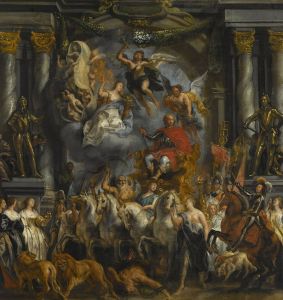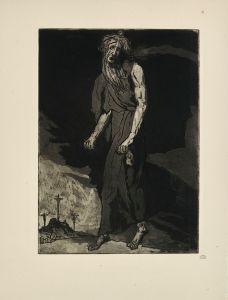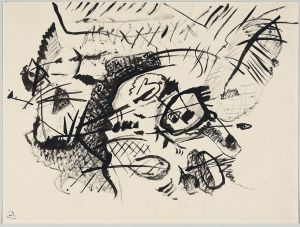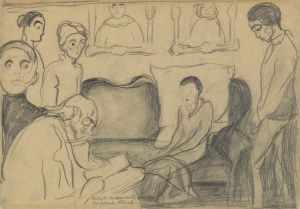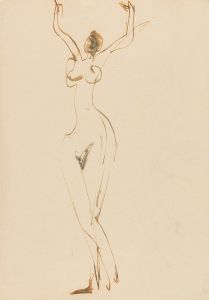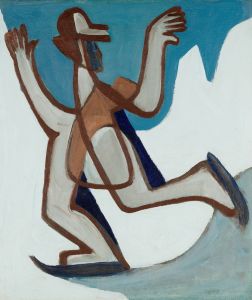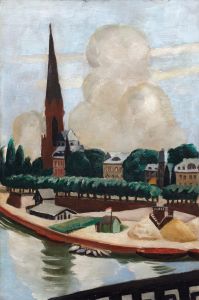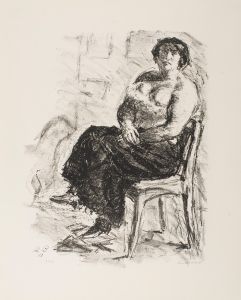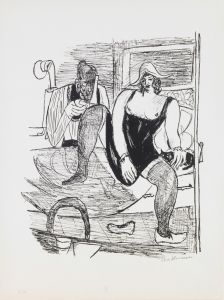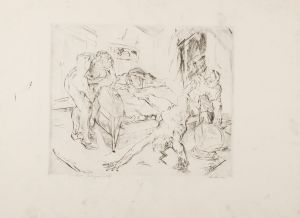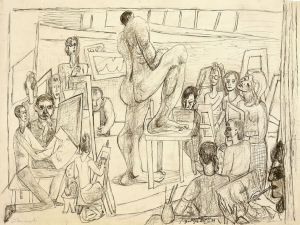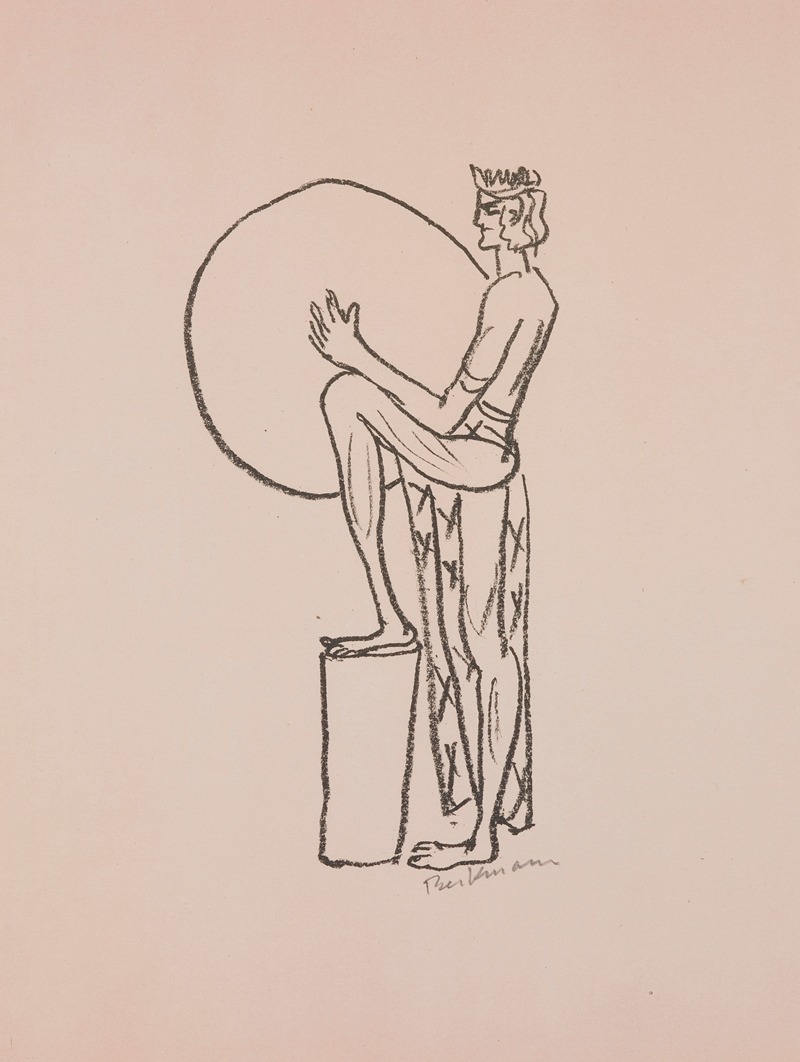
Composition
A hand-painted replica of Max Beckmann’s masterpiece Composition, meticulously crafted by professional artists to capture the true essence of the original. Each piece is created with museum-quality canvas and rare mineral pigments, carefully painted by experienced artists with delicate brushstrokes and rich, layered colors to perfectly recreate the texture of the original artwork. Unlike machine-printed reproductions, this hand-painted version brings the painting to life, infused with the artist’s emotions and skill in every stroke. Whether for personal collection or home decoration, it instantly elevates the artistic atmosphere of any space.
Max Beckmann, a prominent German painter, is known for his distinctive style that emerged in the early 20th century, characterized by bold colors, expressive forms, and complex compositions. His work often reflects the tumultuous historical context of his time, including the impact of World War I and the rise of fascism in Germany. Beckmann's art is often associated with the New Objectivity movement, which sought to present a more realistic and socially engaged form of art in contrast to the abstract and romantic tendencies of Expressionism.
"Composition" by Max Beckmann is one of his notable works, although specific details about this particular painting are limited. Beckmann's compositions typically feature a rich tapestry of figures and symbols, often drawing on themes of mythology, history, and personal experience. His works are known for their narrative complexity and psychological depth, inviting viewers to explore multiple layers of meaning.
Beckmann's style is marked by a robust use of line and form, creating a sense of structure and order amidst the often chaotic scenes he depicts. His use of color is both vivid and somber, reflecting the emotional intensity of his subjects. Beckmann often employed a triptych format, reminiscent of medieval altarpieces, which allowed him to explore different facets of a theme or story within a single work.
Throughout his career, Beckmann's art was deeply influenced by the socio-political upheavals of his time. After serving in World War I, he experienced a profound shift in his artistic vision, moving away from the more traditional styles of his early work towards a more modern and expressive approach. This transformation is evident in his later compositions, which often convey a sense of existential angst and a search for meaning in a fractured world.
Beckmann's work was not always well-received during his lifetime. Under the Nazi regime, his art was labeled as "degenerate," and he was forced to flee Germany in 1937. He spent the remainder of his life in exile, first in the Netherlands and later in the United States, where he continued to produce significant works until his death in 1950.
Despite the challenges he faced, Beckmann's legacy as a pioneering modernist artist endures. His compositions are celebrated for their technical mastery and their ability to capture the complexities of the human condition. Today, his works are held in major museums and collections worldwide, where they continue to be studied and appreciated for their artistic and historical significance.
While specific information about the painting "Composition" is scarce, it can be understood within the broader context of Beckmann's oeuvre, which consistently explores themes of identity, conflict, and the search for meaning. His work remains a testament to the power of art to reflect and interrogate the human experience.





